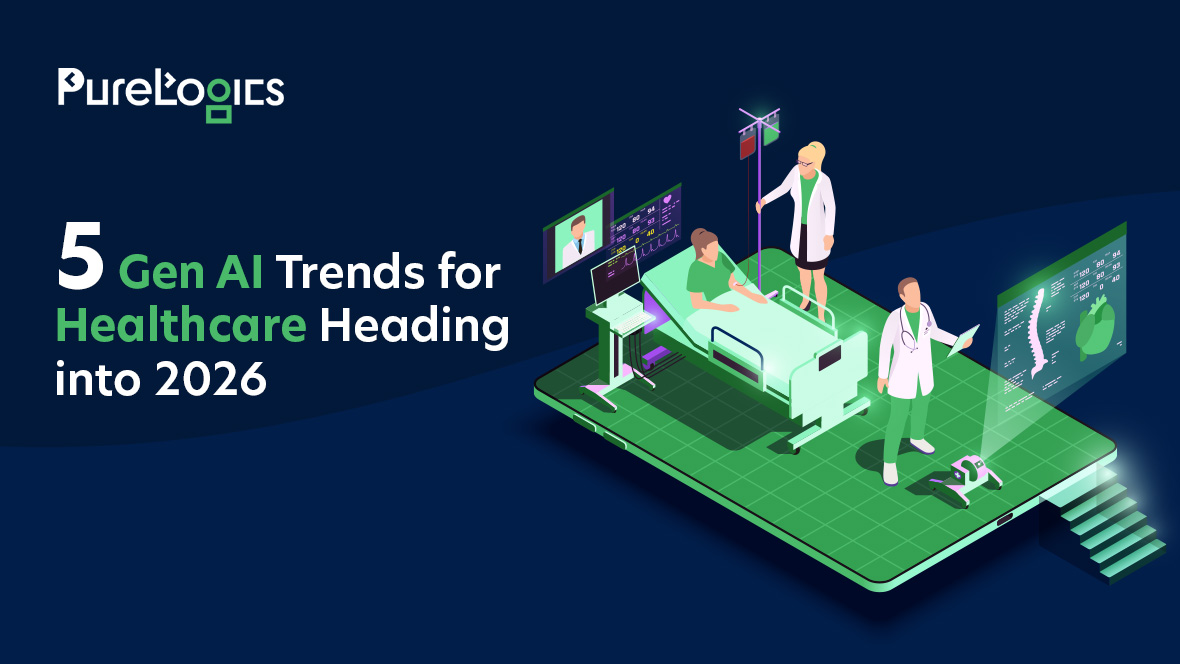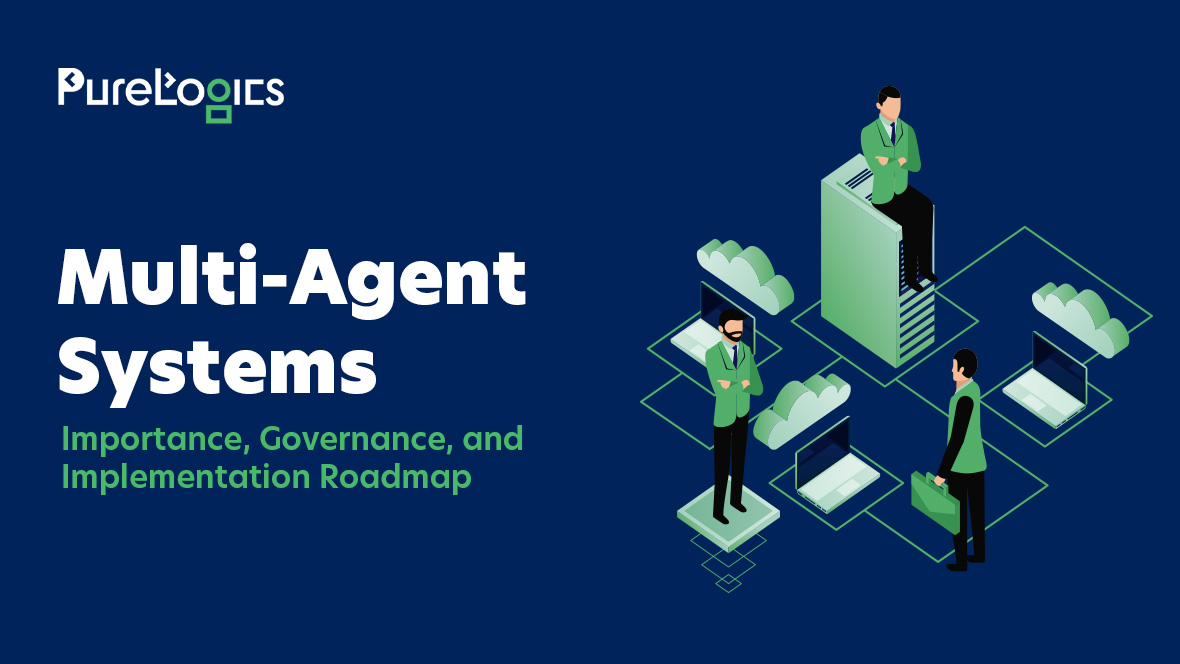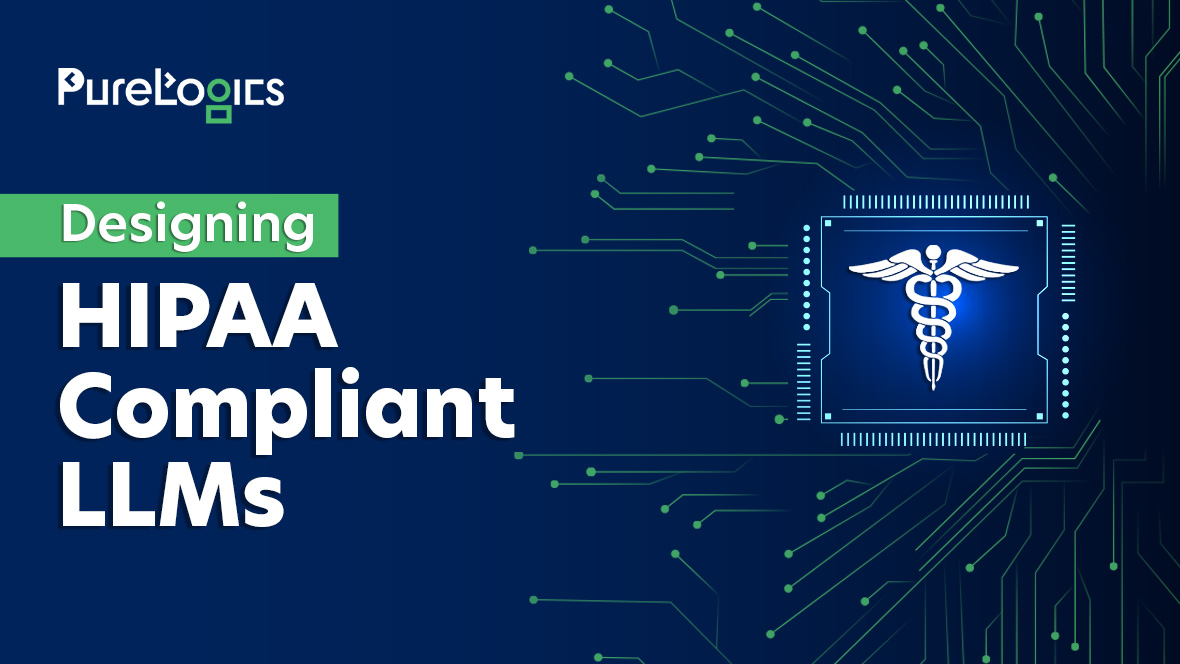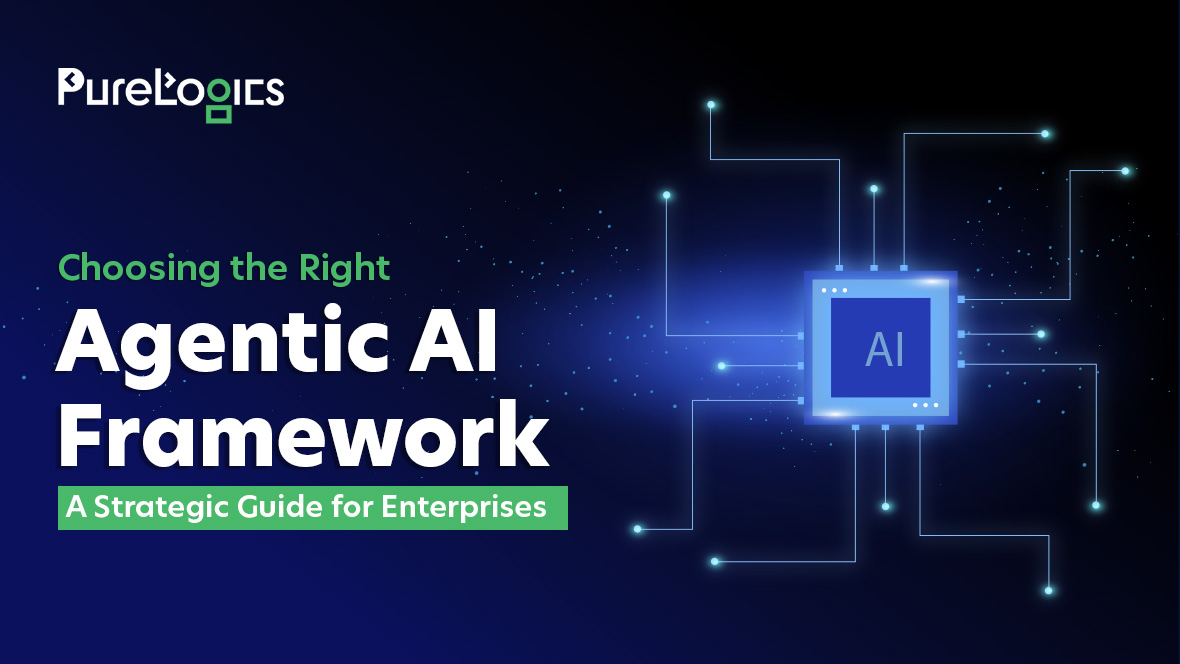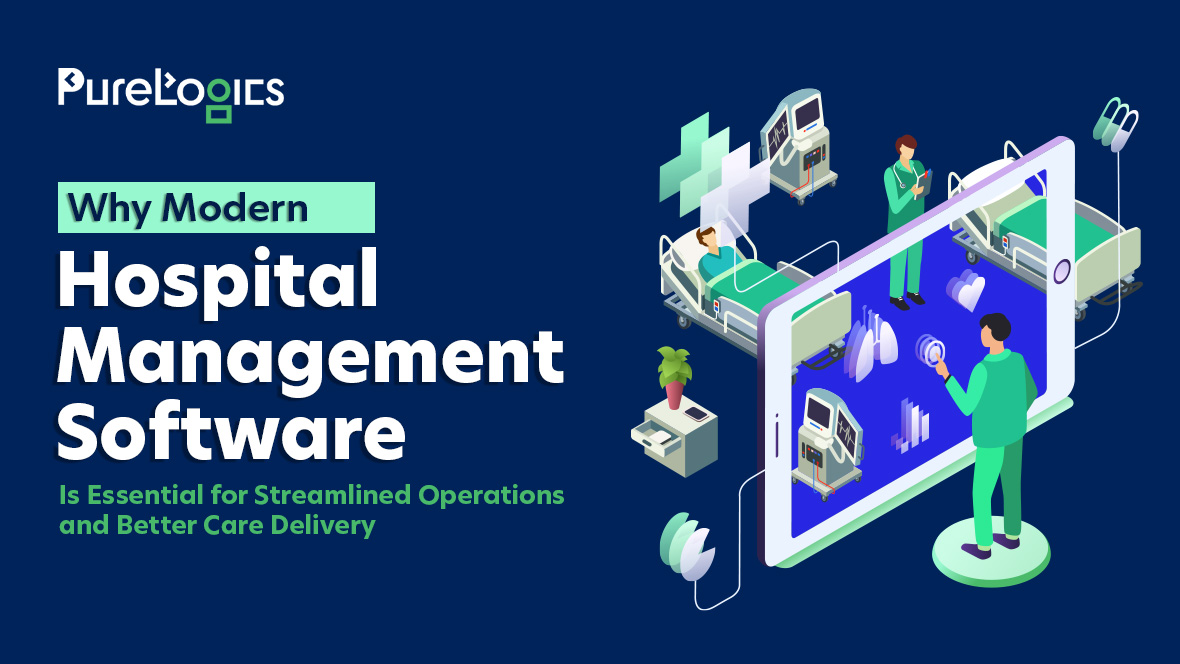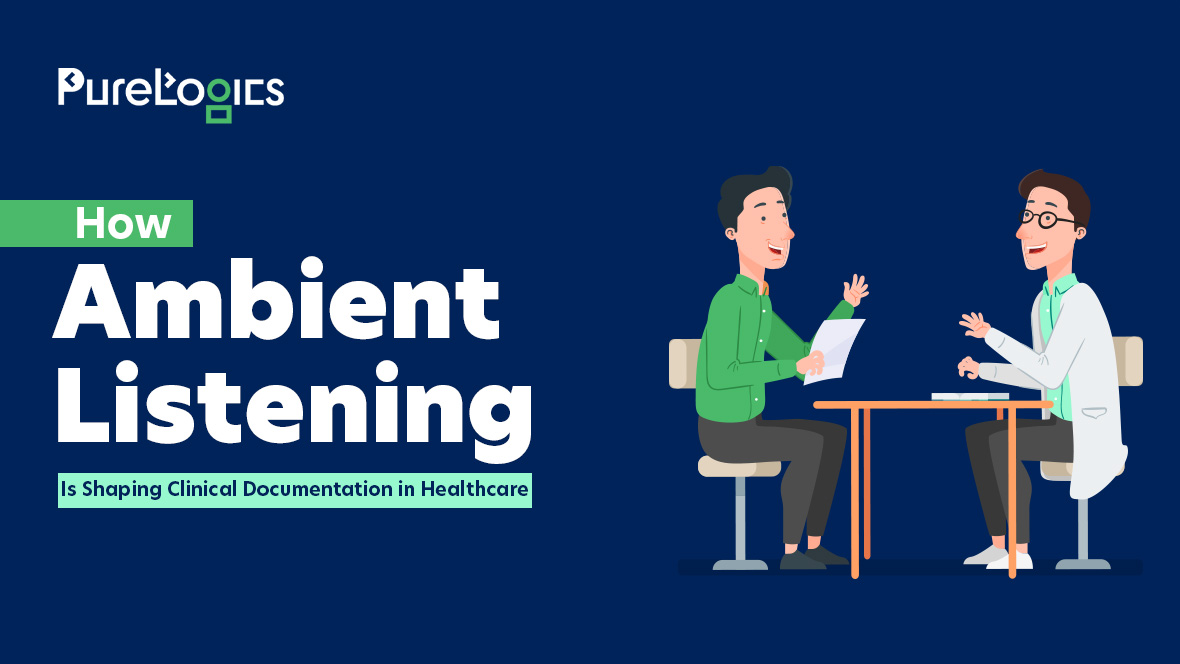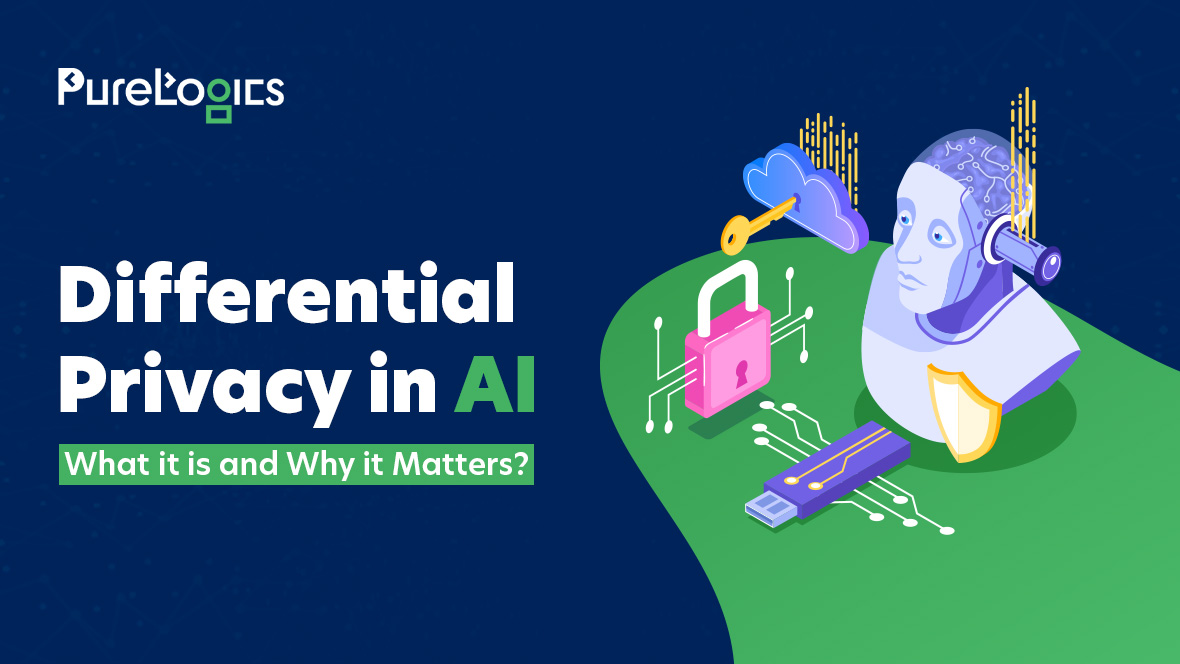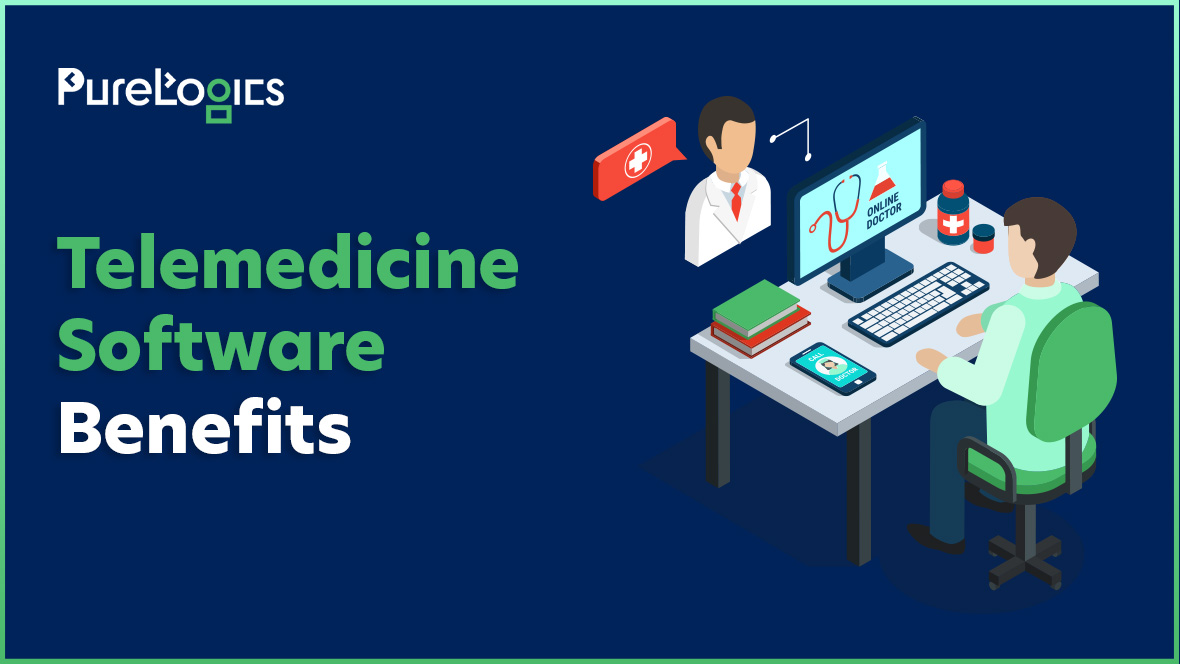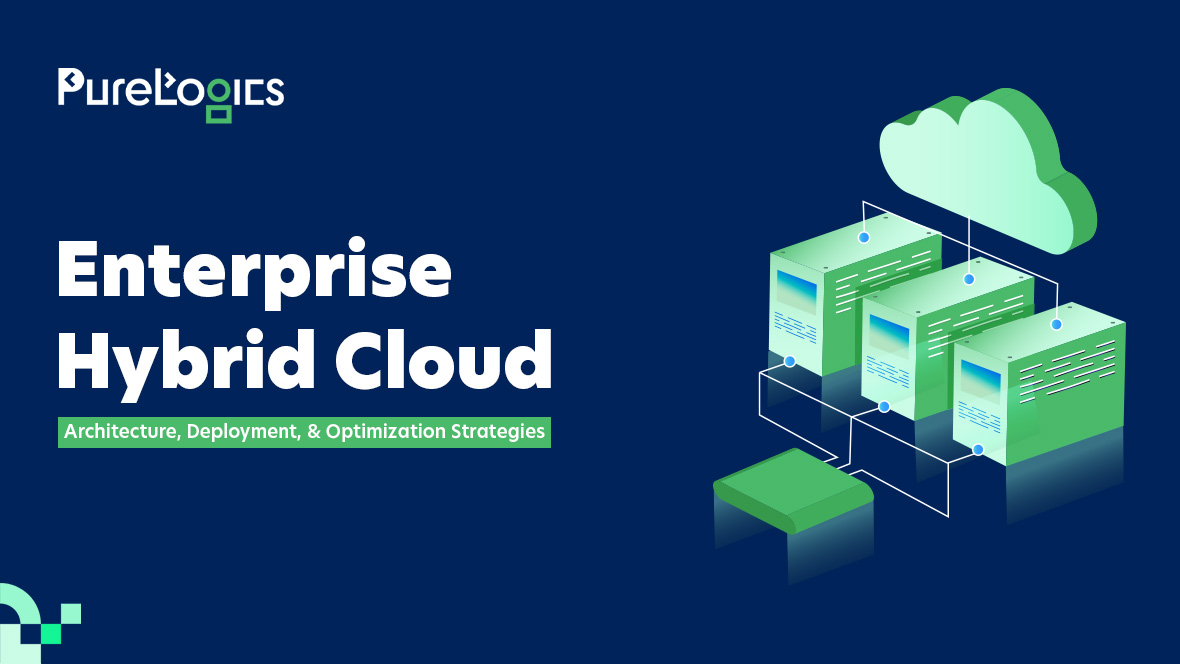Navigate our blog wrapped with the latest technology knowledge, trends, innovations, and insights.
October 27 2025

Reading Time: 6 minutes Generative AI in healthcare is set to move deeper into care delivery and operations, and market momentum reflects this shift. The Precedence Research study, based on industry publications, company reports, and analysis of market drivers such as investment trends and AI adoption, indicates that the gen AI market in healthcare will reach $40 billion by …
October 23 2025

Reading Time: 6 minutes Over the past few years, multi-agent systems have transitioned from experimental research toward early production architectures in enterprise contexts. Most organizations still depend on a single LLM to perform various tasks. But leading companies are now building specialized agents that operate in coordination, each designed for specific functions like retrieval, validation, or execution. All in …
October 20 2025

Reading Time: 8 minutes Large Language Models (LLMs) in healthcare are improving patient care, decreasing workload, and enhancing operational efficiency. Yet using LLMs in this domain is not without challenges, especially when it comes to strict data and patient privacy protection regulations. Researchers often fine-tune pre-trained models such as GPT, LLaMA, or PaLM with clinical data, but these models …
October 16 2025

Reading Time: 5 minutes Agentic AI is no longer an R&D experiment; instead, it is becoming core enterprise infrastructure. Leaders who delay choosing the right foundation risk becoming locked into legacy systems and losing their competitive edge. Therefore, this blog serves as a strategic lens, not a feature checklist, for executives to assess their agentic AI frameworks in terms …
October 14 2025

Reading Time: 7 minutes Hospitals now face unprecedented challenges like rising operational costs, increasing regulatory pressure, growing patient expectations, and staff burnout. Indeed, the traditional solutions are no longer enough to meet these challenges. Additionally, the mounting pressure of being compliant with strict data protection regulations (HIPAA in the US and GDPR in Europe) is making the situation more …
October 10 2025

Reading Time: 3 minutes The Harvard Medical School study this year found that an open-source LLM performed on par with GPT-4 for diagnostically challenging cases, highlighting that large language models are advancing in their capability to reason clinically, not just recall data. However, the real question is whether these models can assist with routine documentation tasks, such as summarizing …
October 8 2025

Reading Time: 8 minutes Healthcare documentation has reached a crisis point. Physicians spend hours on administrative tasks, contributing to widespread burnout and diminished care quality. Here, ambient listening in healthcare offers an efficient solution to this challenge. Its practical benefits for physicians are enormous. As indicated by Emory Healthcare’s study, which points out that after using ambient listening technology …
October 2 2025

Reading Time: 6 minutes When working with data, there are three approaches to handling privacy. The first is traditional data, which is raw and unaltered, consisting of personally identifiable information that is highly valuable for analysis but extremely vulnerable to breaches. The second one is anonymization, which reduces risk by removing or masking identifiers such as names or IDs; …
September 29 2025

Reading Time: 9 minutes Healthcare delivery has changed. Today, telemedicine software determines patient satisfaction scores, operational efficiency, and competitive edge. It also addresses the two critical needs of the healthcare industry: providing patients with faster, more convenient access to their providers, and reducing the administrative overhead for healthcare teams. This enables them to work more efficiently while expanding their …
September 25 2025

Reading Time: 8 minutes Hybrid cloud merges public cloud, private cloud, and on-premises infrastructure into a unified, adaptable, and cost-effective IT framework. One of its standout benefits is agility, enabling organizations to swiftly adjust to changes and capitalize on growth opportunities by quickly provisioning computing resources. Moreover, hybrid cloud integration enables companies to adopt technologies such as artificial intelligence …
